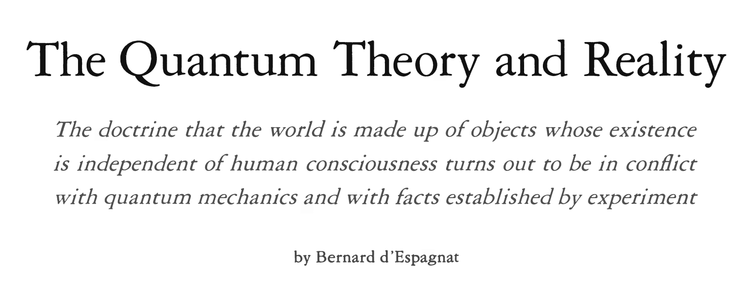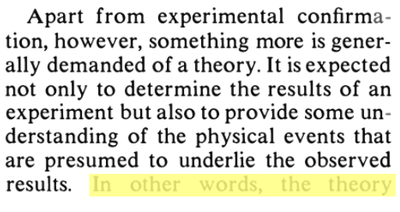The Quantum Theory and Reality. B. D'Espagnat in Sci. Am. 241:158 (1979).

This is a very nice and illuminating article on EPR correlations, which inspired Mermin's "most beautiful text".[1] A metaphor is attempted with married couples which might not be the best-inspired metaphor (in this sense, Mermin is more efficient in his popularization).
There is a derivation of Bell's inequality based on set-theoretic arguments, which is (even) more accessible than Bell's derivation.[2] The set theory aspect relies on the fact that a subset is smaller than the whole (and using this to derive inequalities). The quantum aspects enter with the fact that although one can not know two components of spin at the same time, if using two correlated particles and measuring, on each, one component of spin, due to the exact correlation in any basis, one can thus get the two components. That is, in a local realistic description. The equality derived is, indeed, violated by Bell states.
Physics as a way to understand:

There is an interesting discussion of which tenets should be abandoned (realism, locality [that he calls "separability"], or induction), and what does this mean in each case.
There is also a nice review, pre-Aspect, of the attempts to verify the EPR(B) correlations experimentally: seven experiments since 1971

There is, in particular, comments on Aspect's experiment before it took place, showing that the result was well expected and that the shock came with the earlier works:

On neglecting special relativity:
the wave function for a system of several particles describes them only in an approximation that ignores the theory of relativity, and so its structure hardly seems a reliable argument against Einstein separability.
An interesting argument highlighted is that even if hidden variables did exist, insofar as they are not needed (would not lead to different results), then they should be kept apart.

This maybe is an exaggeration since hidden variables would presumably remove the statistical character and lead to a fully deterministic theory (although it wouldn't have to). It would also probably clarify the ontological problems and it is difficult to imagine that additional variables would not lead to new verifiable experiments. But if it would be the case, the extra-variables could not be falsified, then indeed they would be as good as not existing.
A beautiful and inspiring conclusion:
Most particles or aggregates of particles that are ordinarily regarded as separate objects have interacted at some time in the past with other objects. The violation of separability seems to imply that in some sense all these objects constitute an indivisible whole. Perhaps in such a world the concept of an independently existing reality can retain some meaning, but it will be an altered meaning and one remote from everyday experience.